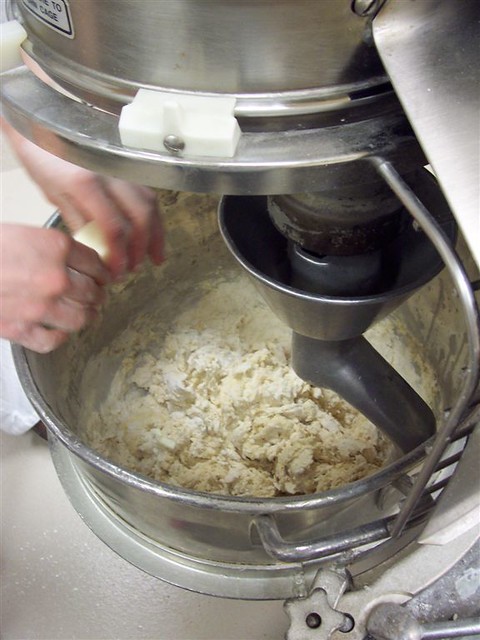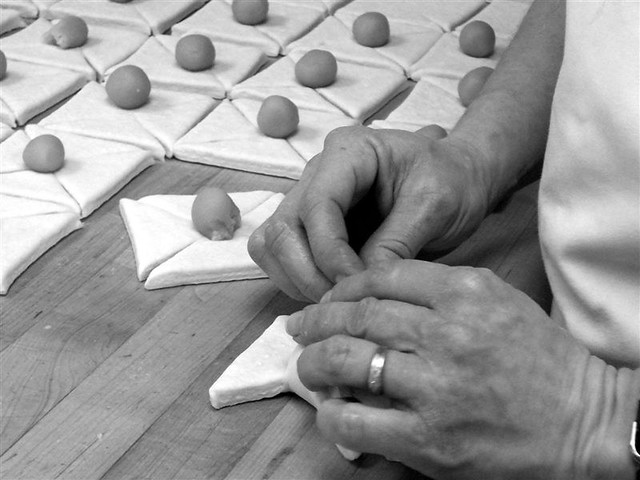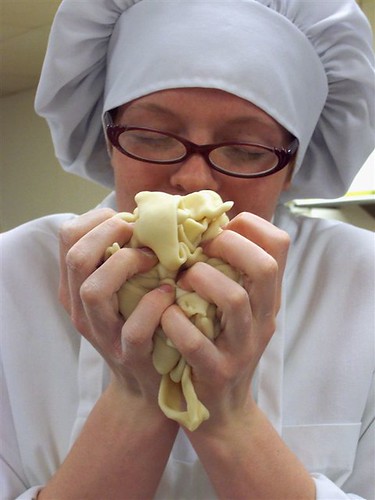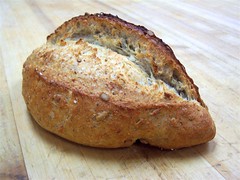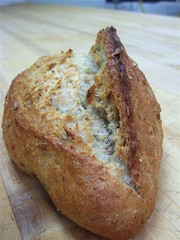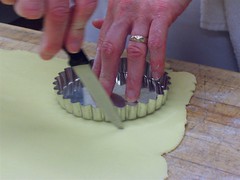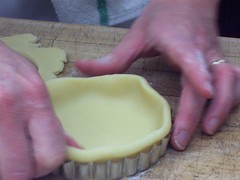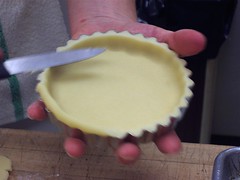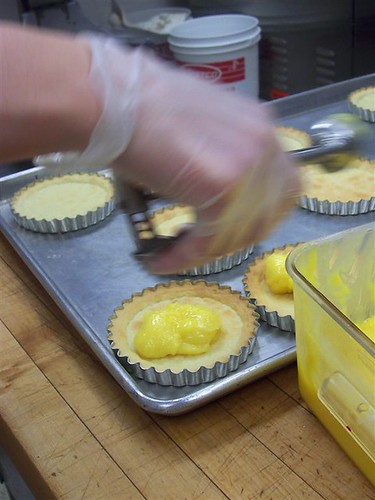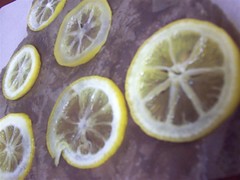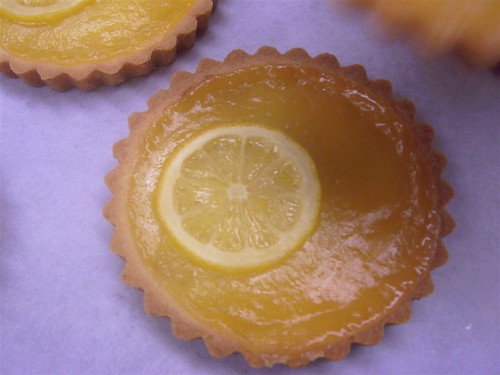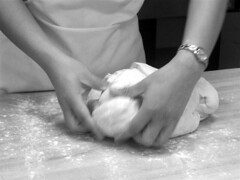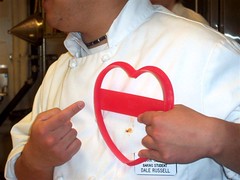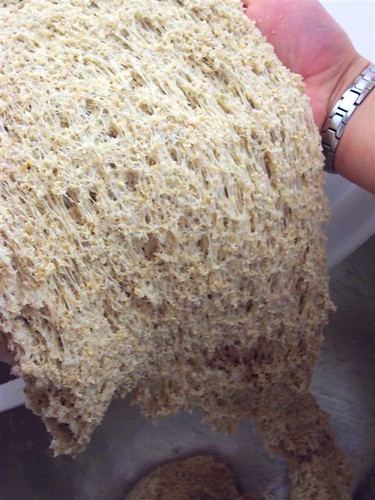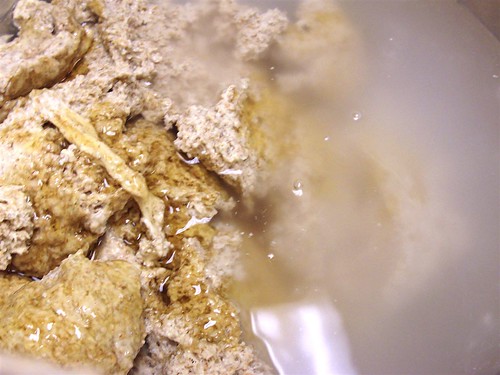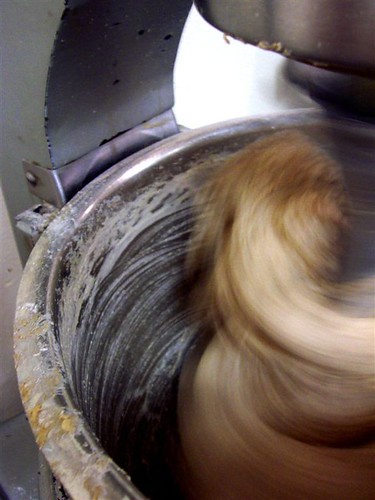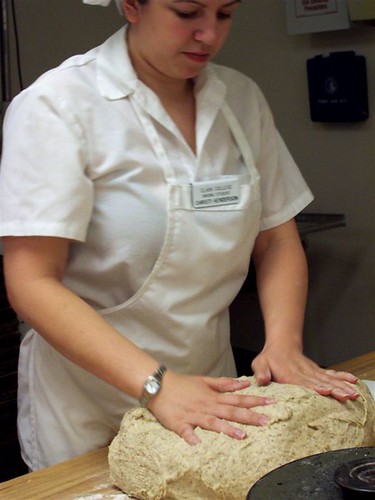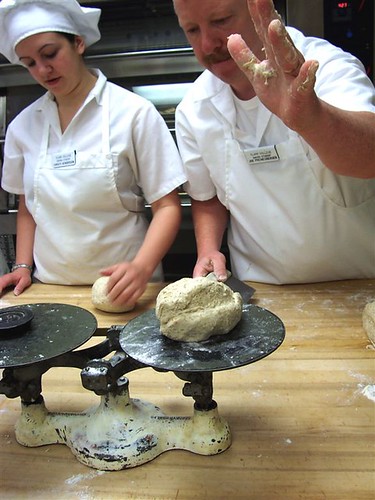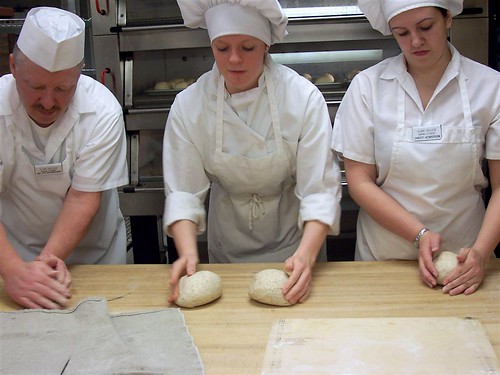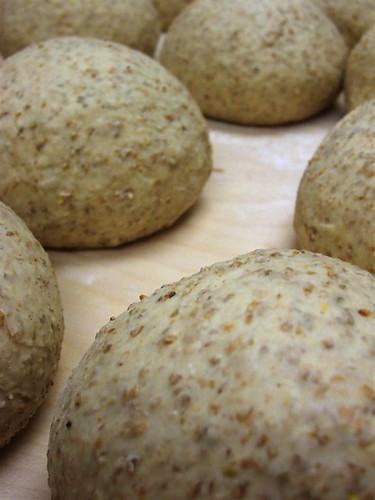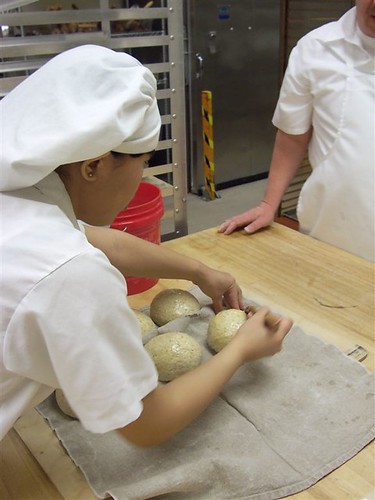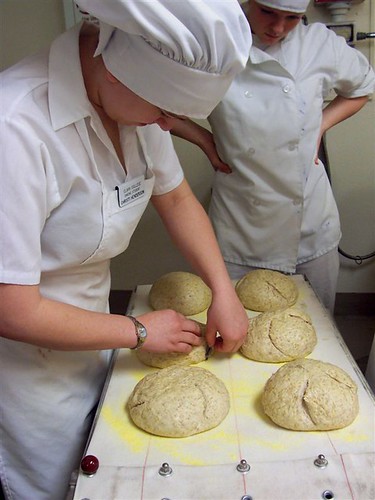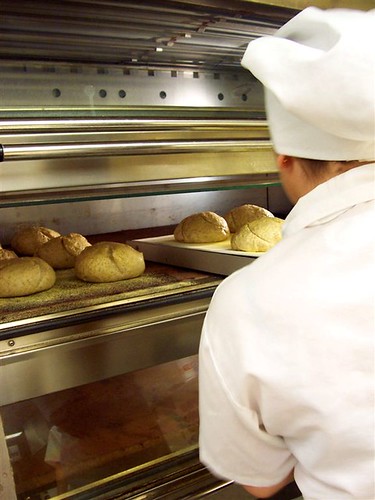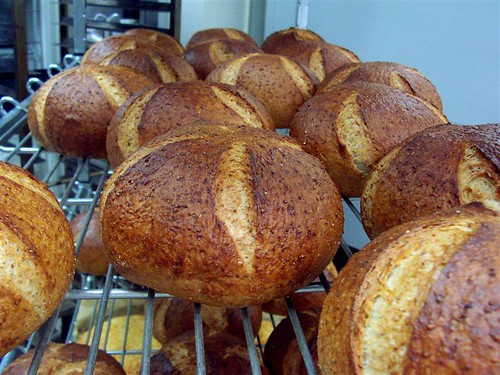Baking Theory Notes: Mixing Geekdom 2
. BAKING, Baking 101, Baking Theory, Bread, dough, flours, mixing, Procedures, yeastPopular Dough Styles Methods of mixing dough, in bakery settings. If you analyze your home recipes procedure, you may notice most of your home bread or pastry recipes might mirror:" sponge & dough" or " straight dough" methods.
*Sponge & Dough Method
Very widely made.
--->Basic Formulation / Procedure:
- Mix half of the flour, yeast , malt , water @ <72°f> = sponge.
- Let it rise 3½ hours --- shake it, if it is done it will drop away from the sides.
- Remove sponge from your container, add to mixer with remaining flour, salt etc.
- Mix until gluten is developed.
- Bake
- Better Flavor
- Flexible --- In sponge stage you can leave sitting on the bench.
- Better (tighter) crumb
*Straight Dough Method
- 1 mix
- 1 fermentation
- Faster
- Uses less electricity
- Easier on equipment
- Less Labor
No fermentation. Additives cause "rise" activating Enzymes that normally developed during fermentation.
Basic Formulation / Procedure:
- Mix ingredients. Warm up the dough (i.e via mixing friction)
- Add more yeast
- Add Fructose (yeast can eat this faster)
- No Rounding --- Scale & put into pans to bake
- Flavor IS compromised (from lack of fermentation)
- Bad shelf life (unless you add additives)
- No flexibility --- from mixer to oven (reminds me of "from zero to sixty")












